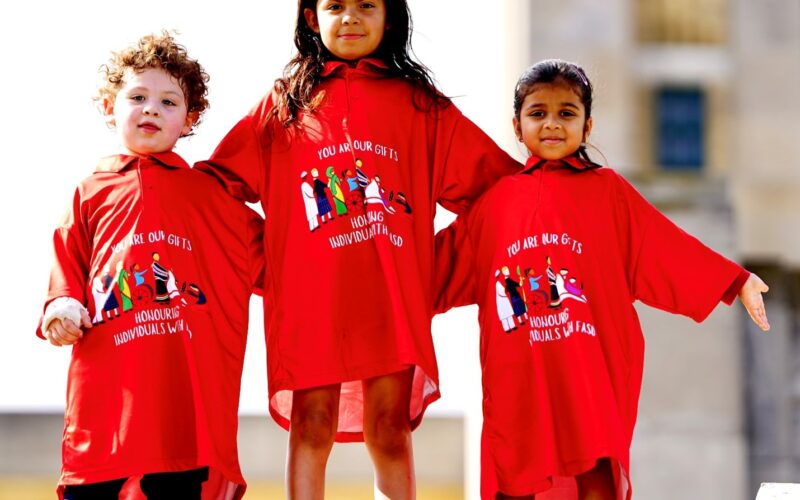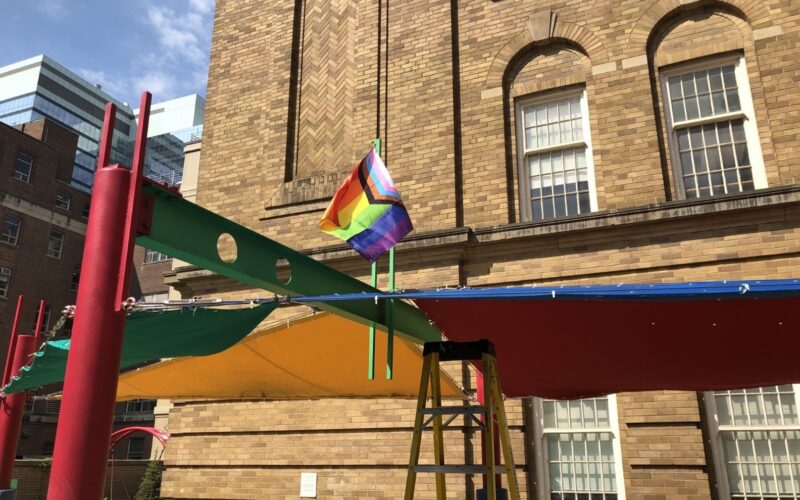Today, we recognize National Indigenous Veterans Day, and later this week, on November 11, we commemorate Remembrance Day. On both these important days, we acknowledge the courage and sacrifices of those who served our country and those who continue to serve today.
Times of war touched, and continue to touch, Canadians of all races, religions and backgrounds. As part of our continued efforts toward equity, diversity, inclusion and accessibility, it’s essential to pay tribute to the diverse communities that fought for our freedoms.
Throughout this article, there are some resources to learn more about this day and the many groups involved. You can also show your support and pause in a moment of silence on November 11 at 11:00 a.m. to honour those who served and sacrificed for all we have today.
National Indigenous Veterans Day
National Indigenous Veterans Day is a time to honour the significant contributions made by First Nations, Inuit and Métis veterans in service to Canada. It’s estimated that as many as 12,000 Indigenous peoples served in conflicts in the 20th century, and at least 500 lost their lives. Many of these individuals overcame different challenges to enlist and serve – including learning a new language, adapting to cultural differences and travelling from remote communities. Despite being ineligible for conscription, in the first World War, First Nations, Inuit and Métis participation was higher than that of any other people in Canada. One in three Indigenous males volunteered, and many Indigenous women served as nurses.
There is no shortage of courageous stories of Indigenous soldiers: Noel Knockwood, a residential school survivor who fought in the Korean War and later served as the Sergeant-at-Arms for Nova Scotia; Francis Pegahmagabow, one of Canada’s most decorated Indigenous soldiers; Edith Anderson Monture, a nurse who served overseas; and countless others.
We acknowledge their contributions supporting three wars during a time when the Canadian government continued to impose oppressive assimilation policies that denied Indigenous peoples the basic rights and freedoms that other veterans were afforded. We appreciate the courage it took for those Indigenous men, women and 2-spirited folk to fight for our freedoms while being subjected to a painful colonial experience for generations; the legacy of that experience continues to reverberate today. Many Indigenous peoples continue to serve in the Canadian military and armed forces, and we wish to acknowledge them and those who came before them.
Resources
The history and legacy of Indigenous Veterans Day (CTV News)
Indigenous Veterans (Veterans Affairs Canada)
Indigenous contributions during the First World War (Government of Canada)
Indigenous Peoples in military history (Government of Canada)
Indigenous Peoples and the World Wars (The Canadian Encyclopedia)
Indigenous Veterans Day (City of Toronto)
Remembrance Day
On November 11, we remember the sacrifices millions of Canadians have made over the last century during times of war, conflict and peace. When we pay tribute to our veterans, we must acknowledge the contributions of all soldiers, including those from racialized communities.
Like Indigenous soldiers, Black soldiers played a pivotal role in Canada’s military history, despite facing racism and discrimination. During the First World War, over 750 Black men enlisted in the No. 2 Construction Battalion, which was established for Black men to serve as part of the Canadian army and became one of the most important military units in Canadian history. In addition, 700 Black Canadians joined other units, offering distinguished service that earned some of them medals for bravery at places like Ypres, Vimy Ridge, Hill 70 and Passchendaele.
Honour our Black veterans by reading and amplifying their unique stories. Learn about the Carty Brothers, five brothers who served during the Second World War and defied the odds to become accomplished airmen; Ethelbert ‘Curley’ Christian, who helped establish a program for disabled veterans which is still offered today; and more stories of Black Canadian veterans here.
We recognize the challenges faced by Black soldiers and the bravery it took to serve. Today, Black Canadians continue to serve proudly in uniform where they share in the sacrifices and achievements being made by the Canadian Armed Forces. We are grateful for their bravery and influential contributions to our country.
Resources
Ways to Remember (Government of Canada)
10 Quick Facts on Remembrance Day (Veterans Affairs Canada)
Black Canadians in uniform — a proud tradition (Veterans Affairs Canada)
Heroes Remember — Chinese-Canadian Veterans (Government of Canada)
Women Veterans (Government of Canada)
Honour and Remember (Legion.ca)
Reframing Remembrance Day: An Equity-Informed Approach For Educators (Kojoinstitute.com)
The story of Canada’s WWI all-Black military battalion (CBC.ca)


